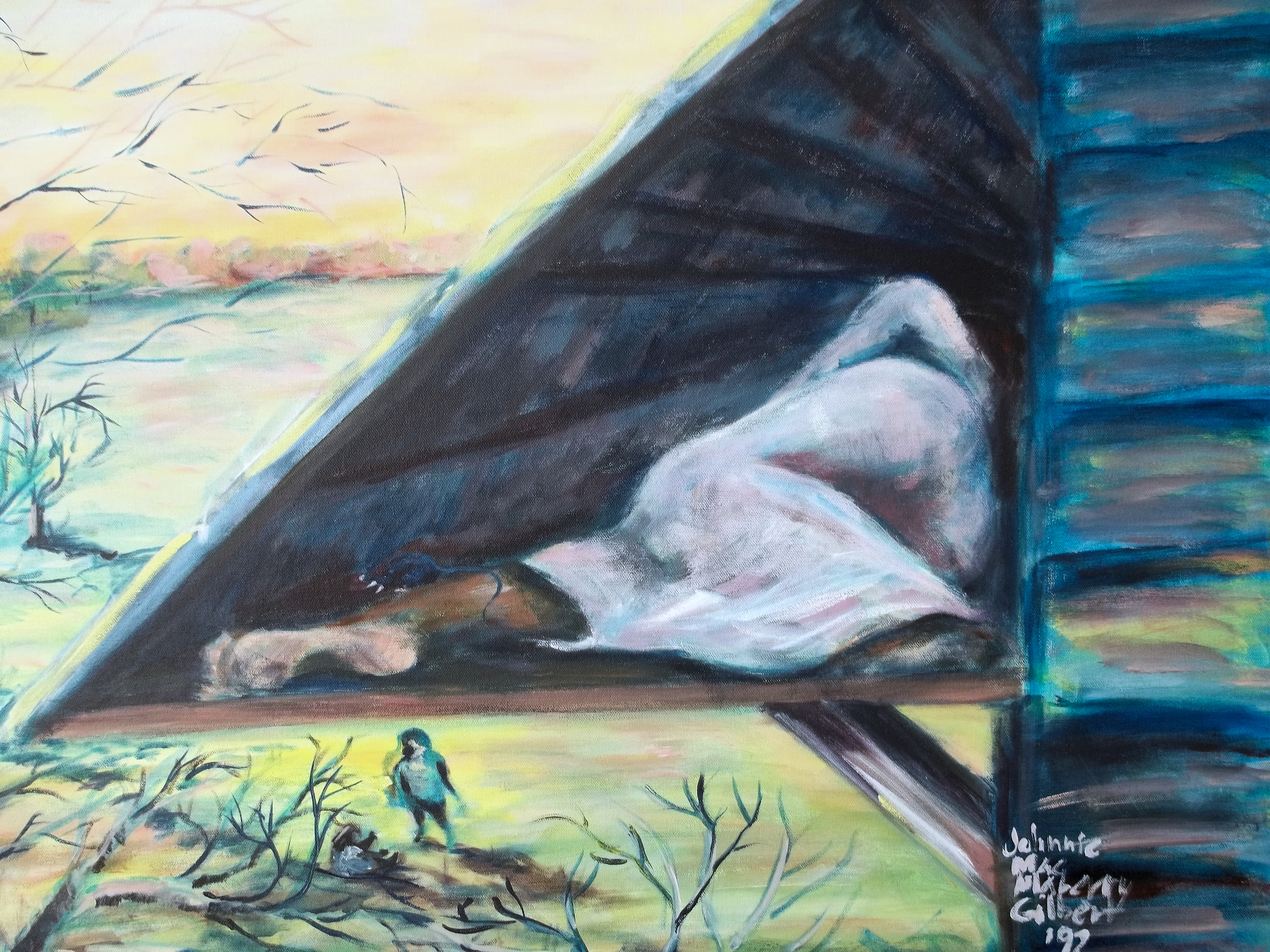
“Education was my ‘way out’ of a family locked in generational cycles of violence, substance abuse, mental illness and poverty.” Dr. Kate Price
With your help we can provide assistance to many other survivors like Kate. Immediately show your support and participate in our 5 for Five Challenge. Through education, survivors can be empowered to confidently pursue their dreams and become more active and vital members of society. In addition, survivors often position themselves to “give back” after completing their education by using their combination of training and direct experience to actively assist other trafficking survivors.
Purpose & Goal of the 5 for Five Challenge
Through the 5 for Five Challenge, Sun Gate Foundation is raising funds to help survivors of human trafficking enrolled in an educational program in spring 2021 semester. The average cost of a semester’s worth of text books is around $500. Our goal is to raise at least $5000 to help 10 survivors.
We need your help!!!
If you are a believer in education and would like to empower survivors, we ask that you make a small donation of $5 or more to Sun Gate Foundation
(www.sun-gate.org). Then, we invite you to challenge 5 of your friends or family members who may be interested in helping us reach our goal. They can then invite 5 of their friends, and the challenge will continue!
Be a part of the solution and participate in our fundraiser. Join us in being a “way out” for survivors of human trafficking around the country like Kate. Your donation can change a life.
Quote from a Sun Gate Scholar through the previous 5 for Five Challenge:
“The textbook scholarship relieved me of some of my financial burdens, and I feel a lot more confident and successful both in class and in my life. It is such a great feeling to know that there are people as kind hearted as you are who choose to go out of their way to help people like me in need. Although my journey has not been an easy one, this has helped me not only financially, but it has also helped me realize that there are still good people in this world who truly care about the well-being of others. It also helped me realize that my past should not determine my future and that I really have a chance to make something of myself.”











Social Media